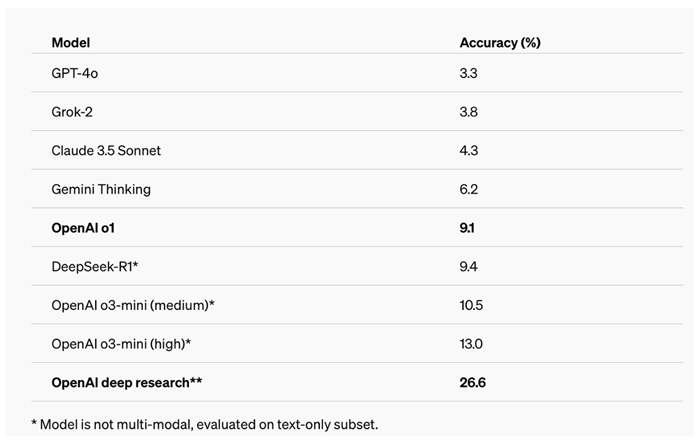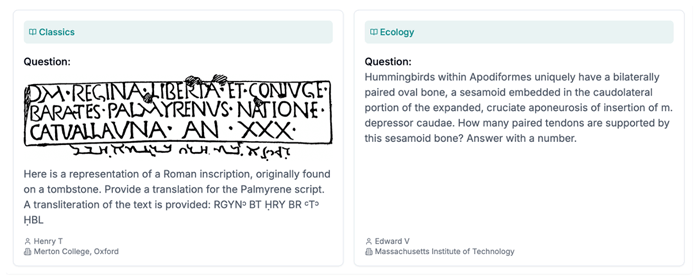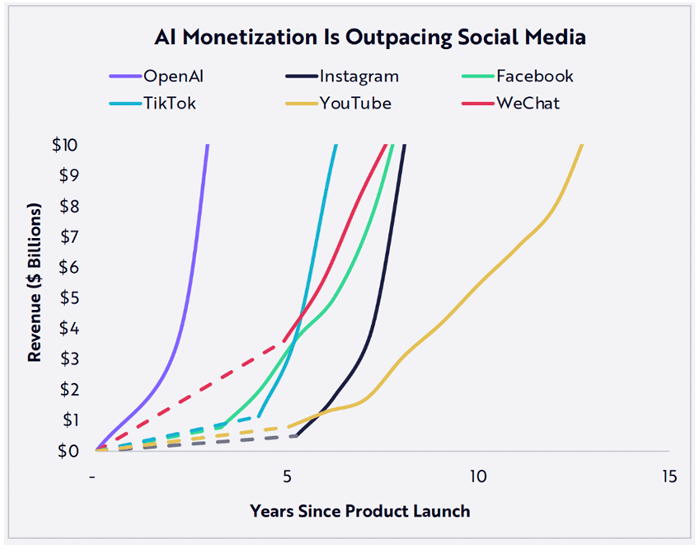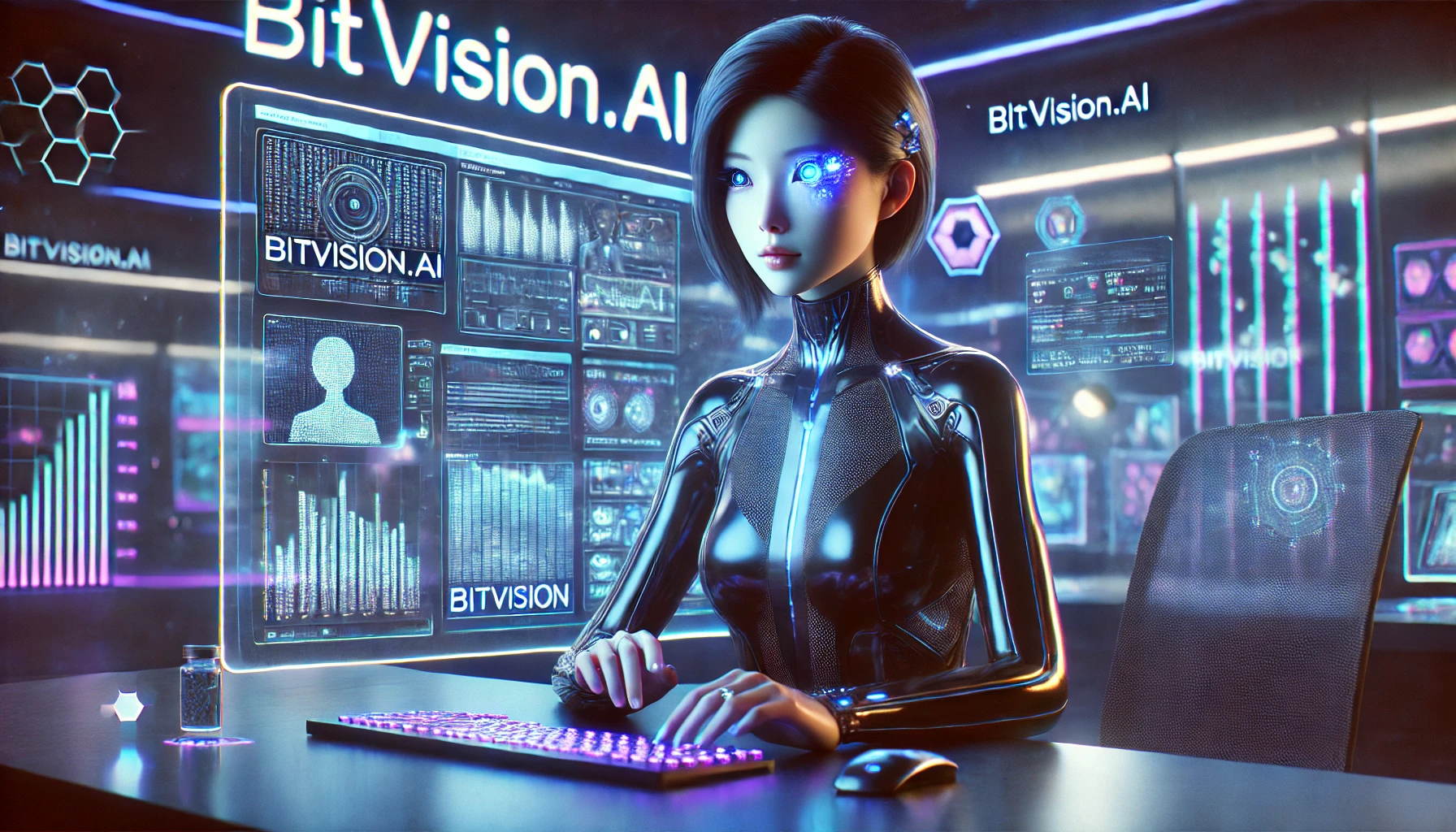Lately, I’ve been getting this question: Will I be out of a job?
It’s a fair concern. AI has been advancing at a breakneck pace, and with the rise of agentic AI models, the fear of automation replacing human roles is creeping into more industries. But as a data scientist and analyst, I see things differently. Let’s talk about OpenAI’s latest release—Deep Research—and why it’s impressive but not a replacement for human intelligence.
Deep Research: OpenAI’s Newest AI Powerhouse
Over the weekend, OpenAI dropped a significant announcement: Deep Research—an advanced AI built to optimize web browsing and data analysis. Interestingly, this wasn’t a typical weekday corporate reveal. The timing suggests it might have been a strategic move to counter DeepSeek-R1, a recent AI breakthrough from China’s High-Flyer Capital Management.
Deep Research is an agentic AI, meaning it doesn’t just generate answers; it thinks through problems in multiple steps, retracing its logic if necessary. OpenAI’s upcoming o3 model powers it, which is currently available only to ChatGPT Pro users at $200 a month—a steep price that businesses and researchers might gladly pay for the productivity boost.
Here’s an example of how Deep Research works. The AI was prompted with: “Compile a research report on how the retail industry has changed in the last three years. Use bullets and tables where necessary for clarity.”
Source: Open AI
So, what makes Deep Research unique? Unlike traditional large language models (LLMs) like Chat GPT, which respond based on their training data and a single-shot query, Deep Research autonomously breaks down tasks, refines its approach, and delivers structured insights—mimicking how a human researcher would work. That’s a significant leap.
Imagine being able to scan and digest every relevant research paper, article, and dataset on a topic in minutes. Sounds incredible, right? It is—but it’s not infallible.
AI Is Powerful—But It’s No Human
Deep Research is a great tool, but let’s be clear about its limitations:
- It only accesses free, open-source data. Paywalled, proprietary, or confidential information? Out of reach.
- It can’t discern truth from misinformation. AI has no inherent fact-checking ability; it can’t tell whether a source is biased, politically motivated, or flat-out incorrect. here is AI biase information article.
- It still hallucinates. That’s right—like other LLMs, Deep Research can make things up.
- It lacks human intuition. AI lacks industry experience, insider knowledge, or the ability to connect the dots like an expert.
- It won’t replace critical thinking. AI can gather and summarize, but it can’t interpret, challenge, or innovate like a human mind can.
At Bitvision.ai, we leverage AI tools daily to streamline our workflow, but we never take AI-generated insights at face value. I can’t tell you how often I’ve caught AI regurgitating dubious or misleading data. The idea that AI will replace analysts, researchers, or data scientists is short-sighted. What’s happening is augmentation, not replacement.
AI as a Productivity Multiplier
Instead of fearing AI, we should embrace it as an accelerator for our work. Deep Research can crunch through mountains of data faster than any human ever could, freeing us up for higher-order thinking:
- Researchers can spend less time sifting through papers and more time analyzing breakthroughs.
- Journalists can fact-check AI findings and craft nuanced narratives.
- Investors can combine AI-driven insights with their market instincts to make sharper decisions.
For everyday consumers, AI tools like Deep Research will revolutionize how we approach complex questions. Want to compare car models, evaluate a medical study, or deep-dive into a niche investment strategy? AI will do what used to take hours of manual searching in minutes.
The Future: AI + Humans = Unstoppable
OpenAI’s release of Deep Research is another step toward agentic AI that can automate deep analysis. But let’s put things into perspective: Deep Research scored just 26.6% on Humanity’s Last Exam—a benchmark designed to measure general intelligence. That’s double OpenAI’s o3-mini model but still far from the level where AI can genuinely rival human cognition.

Humanity’s Last Exam Results | Source: OpenAI
“Humanity’s Last Exam consists of over 3,000 carefully curated questions, developed by experts across more than 100 disciplines. Here’s a glimpse of two sample questions:”

Source: Humanity’s Last Exam
We are witnessing exponential progress in AI, and yes, the day will come when AI achieves 90%+ accuracy on complex exams. But that won’t mean the end of human intelligence—it will mean the dawn of AI as our most potent collaborator.
As an indication of the progress that Deep Research has made over prior models and competing models, OpenAI published its results from Humanity’s Last Exam, one of the more complex AI benchmarks to measure general intelligence.
OpenAI’s AI monetization isn’t just fast—it’s unprecedented. The speed of subscription revenue growth has outpaced even social media’s rise.
The data below tells the story.

Source: ARK Investment Management
The Bottom Line
The question isn’t “Will AI take my job?” “How can I use AI to do my job better?”
AI isn’t here to replace us but to elevate us. Those who learn to integrate AI into their workflow will outperform, outthink, and outlast those who resist it. So, rather than worrying about being obsolete, the most brilliant move is to start mastering the tools that will define the future.
And trust me—I won’t be retiring anytime soon.
